The 5 things designers agree your kid's room always needs – how many do you have?
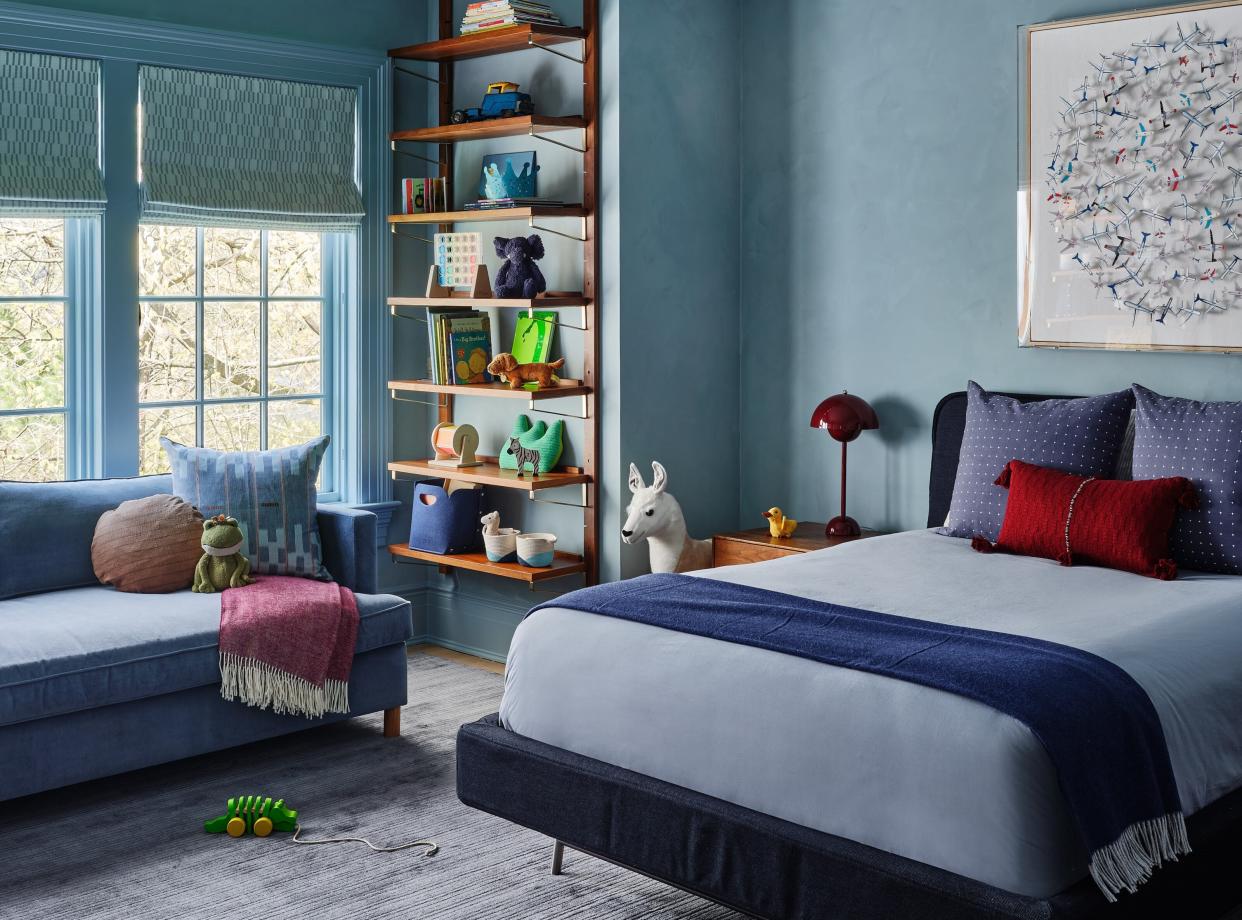
Designing your child's bedroom is a mammoth task. You want your little ones to be granted their own space to express themselves and explore their creativity, all the while creating a zone that is practical, functional, and safe. A huge part of interior design for younger members of the family presents challenges in that your child will grow, and rapidly changing tastes are difficult to keep up with.
'No matter what space we design, we always like to tell the story of who lives there,' says Angela Hamwey, founder of Mackenzie & Co. 'Designing a kid's room can be challenging as it’s important to let their personality shine through while also creating a space that they can grow into. Not to mention, it should be a comfortable and liveable space to accommodate various activities such as playing with toys, sleeping, reading, drawing.' Of all the essentials, here are the five elements that the interior designers believe your kid's bedroom can't go without.
1. A cozy nook
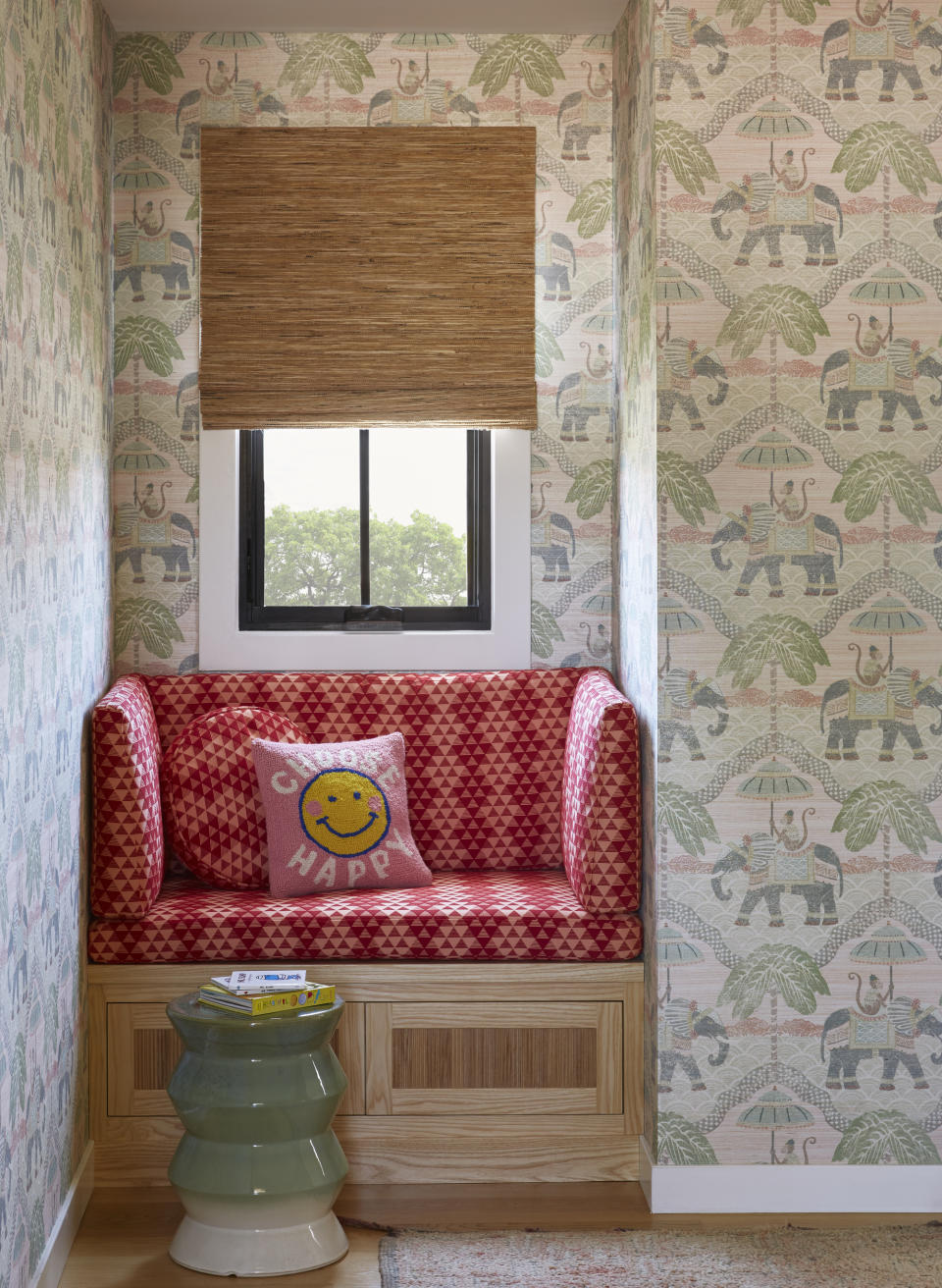
We all know that the main focal point of the bedroom, no matter your age, is your bed, and we build the design of the room around this big ticket item. In a child's bedroom, the focus should be on sleeping, but it's also about giving your child that sense of independence - a place they can call their own. 'Every kid likes having a small space to hide or pretend and little reading nooks that double as book and toy storage are the best,' says Lane McNab of Lane McNab Interiors.
Turning an unused corner into their own mini escape helps to forge that sense of escapism from their parent. Whether it's a window seat with a floating shelf for their favorite reads (like this playful design by Dee Murphy), or a canopy that can be draped from the ceiling, forming a small tent for them to hide away in, these secret spots are crucial in giving your child their own space.
‘If the space allows, we would suggest creating designated areas such as a cozy reading nook to help define zones within the room,’ says Angela Hamwey, founder of Mackenzie & Co. ‘It also provides an opportunity to layer in soft textiles and pillows to create a relaxing environment for kids to both play and unwind.’
2. Total light control
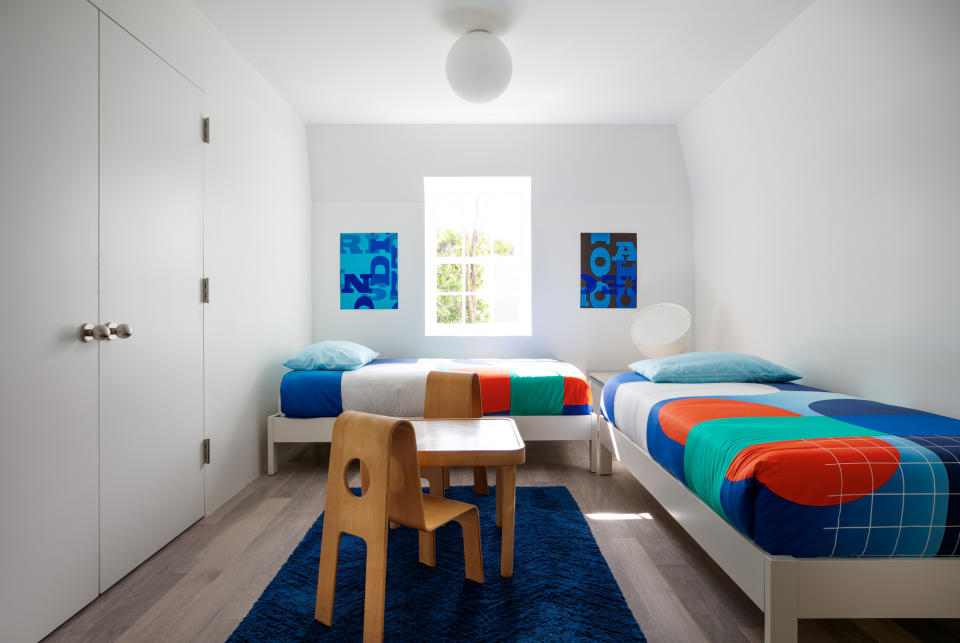
Bedroom lighting is super important in your child's space, and if you have control of the light, you can impact your child's mood and subtly let them know when it's time to bed by dimming the light down, changing the vibe from playtime to nighttime.
Go for soft lighting and bulbs that diffuse the light, minimizing the harsh glare that might hurt your child's eyes. Shaded fixtures are also good, and don't forget a soft nightlight like this one that can help wind your child down.
Curtains are another crucial element that gives you that extra control. Blinds will help block out the light for those daytime naps, and the material should be carefully considered with the fabric color a big part of the overall bedroom color palette.
3. Texture on texture
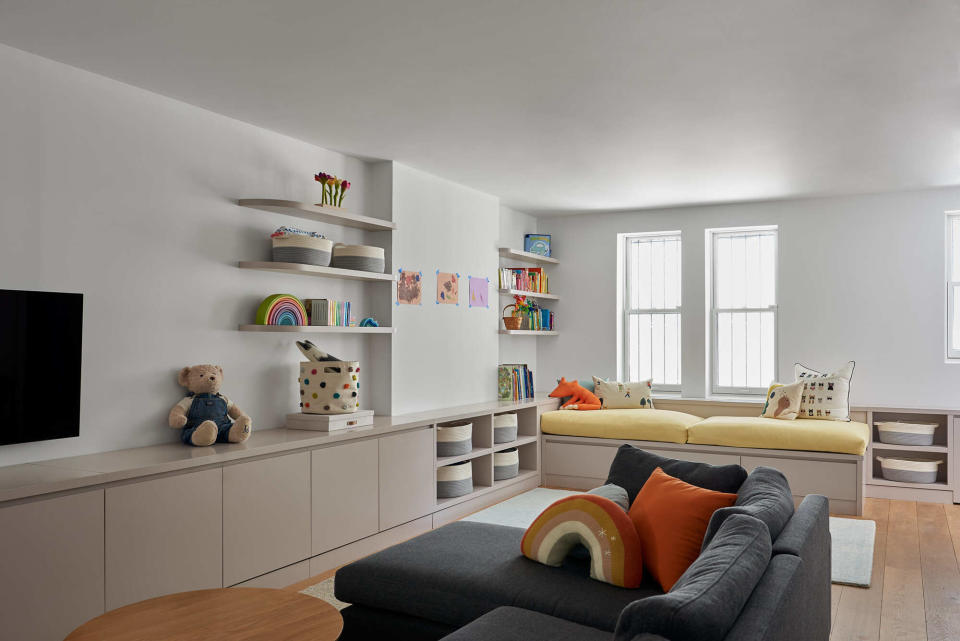
Foster a feeling of warmth and avoid hard surfaces and sharp corners. Not only can this result in a space that feels hard and sterile, but those hard surfaces also create a bit of a safety hazard that your child might bump their head on. The best child's bedrooms have plenty of texture.
'A kid's room provides an opportunity to be more playful with the design and opt for colors, patterns, and textures you may not use elsewhere within the home. A great way to do this is through colorful textiles such as bedding and throw pillows that add a bit of character and whimsy to the room. says Angela.
'This makes children's rooms their own miniature havens, so try layering soft or fluffy rugs and adding floor pillows as the perfect foundation for fort building and book reading alike,' says Yvonne McFadden, founder of Y. McFadden Interiors.
4. Personal touches
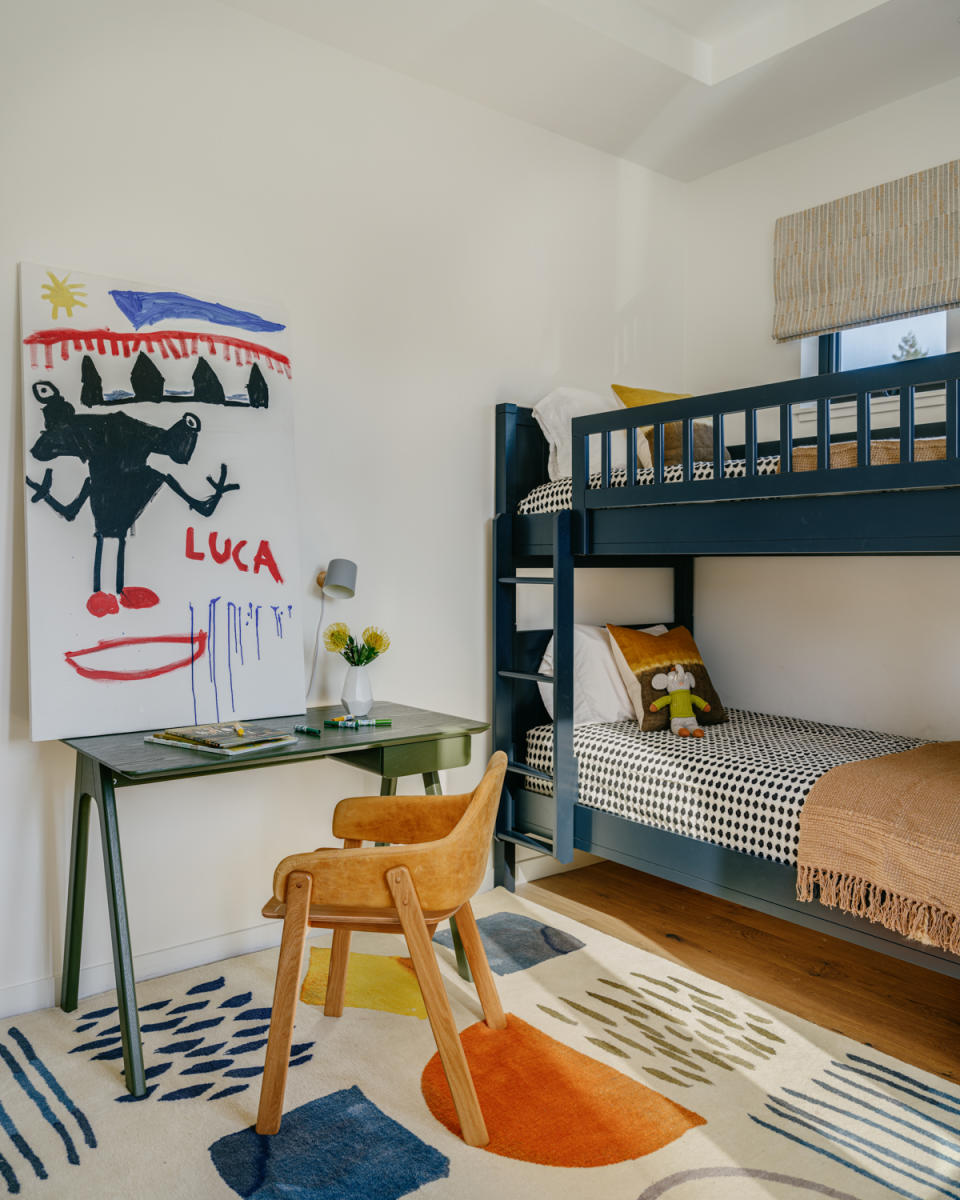
You want your child's room to feel like their own corner of the house, so it's helpful to grant them that feeling of independence by getting them involved in the design process (to some extent, of course).
'We love to incorporate personal items such as their favorite books or toys in a tasteful, organized way, yet still make them easily accessible for everyday use,' says Angela. 'We may include a bookshelf or floating shelves to display personal items, which could easily be swapped out as they grow older and develop new interests or hobbies,' she says.
Use their favorite toys and books and take those colors to loosely inform the color ideas of the room. 'Loosely' is the key word here because it's also important to bear in mind that your child's taste will change over time. Go for the more softly softly approach with color instead of a full theme. That dinosaur-themed bedroom might be fun while they're four, but they definitely won't want to show it off to their friends in 10 years' time. Instead, think of playful touches like round shapes and pastel tones. These wiggle switch plates are the perfect example of how you can inject a little fun into your child's room, but leaving room for it to grow with them for a while to come.
5. Solid storage
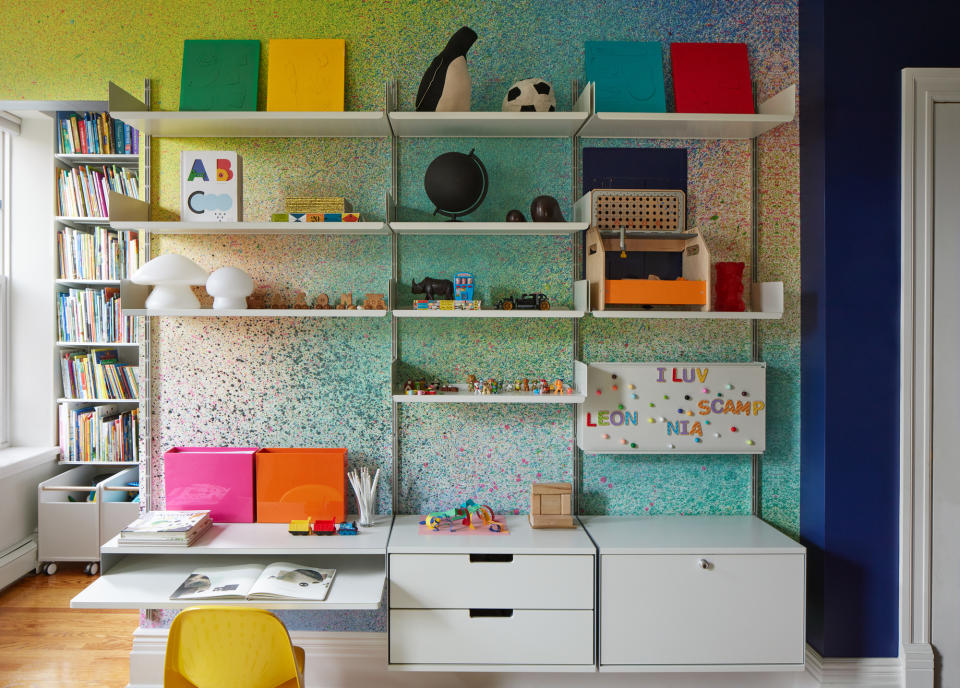
Probably one of the most important aspects of your child's bedroom is storage. When it comes to how to organize a kid's room, everyone knows children accumulate a lot of 'stuff', so having adequate storage to declutter the space is so important. Your child's room must be fun, but make sure it can be tidied away to create a more calming space within moments.
‘Incorporate plenty of floating shelving and toy storage to make clean up time a fun and easy process, allowing for a tidy and relaxing space for naps and relaxation time,’ says Yvonne.
Remember again that your child's storage must be flexible to your child's growth. 'Flexible storage that grows with the children, an imaginative design that will age well as they grow, and a thoughtful balance of encouraging play and rest are the three big challenges with kids' room design,' says Lane.
Fabric baskets are always a handy home for all the toys, as well as bucket-like drawers that can hide away the more unsightly garish plastic your child accumulates. The ultimate in kid's storage has to be the storage bed though - don't make the mistake of going for the standard style where you can see everything that has been stuffed underneath - drawers will be a lifesaver when playtime is over and you need a place to hide all the games away.
I also love this idea from Frederick Tang, with floating floor-to-ceiling shelving that offers stacks of storage, but with desk space that can evolve to become more of a home study as your child grows.
3 buys to create a well-organized kid's room

Thure Kid toy storage
Material: Manufactured wood
Price: $174.99

Ronja canopy by OYOY
Material: 100% organic cotton
Price: $190

Wiggle switch plate
Material: Matte black is forged zinc, bronze is brushed brass
Price: $28